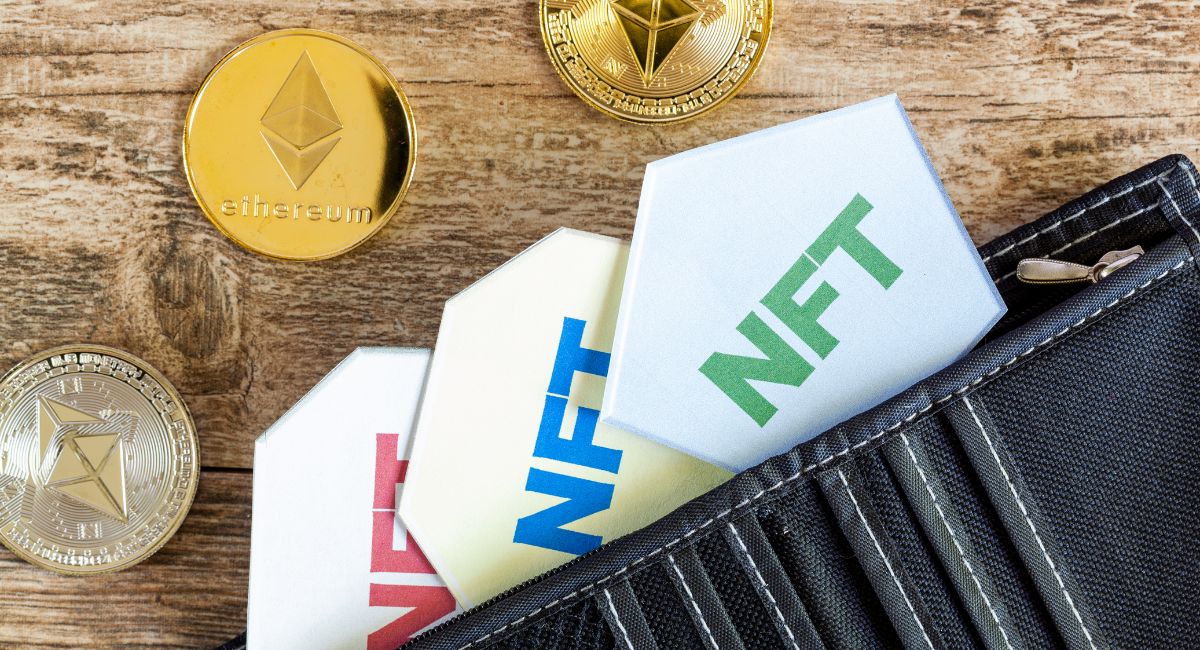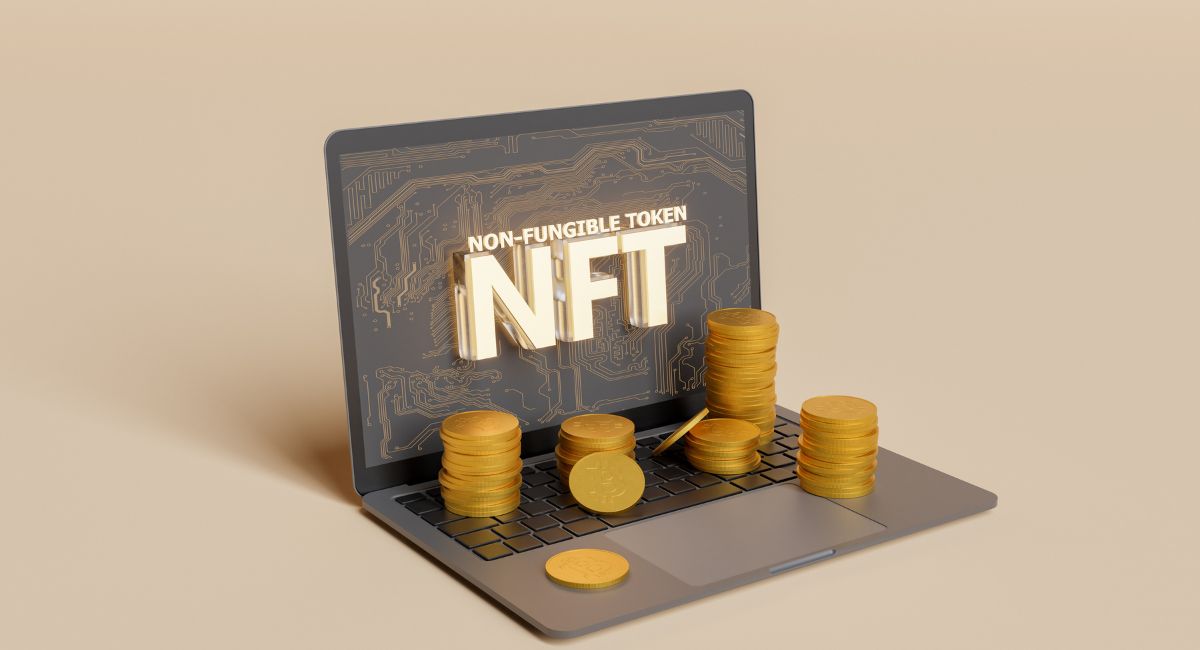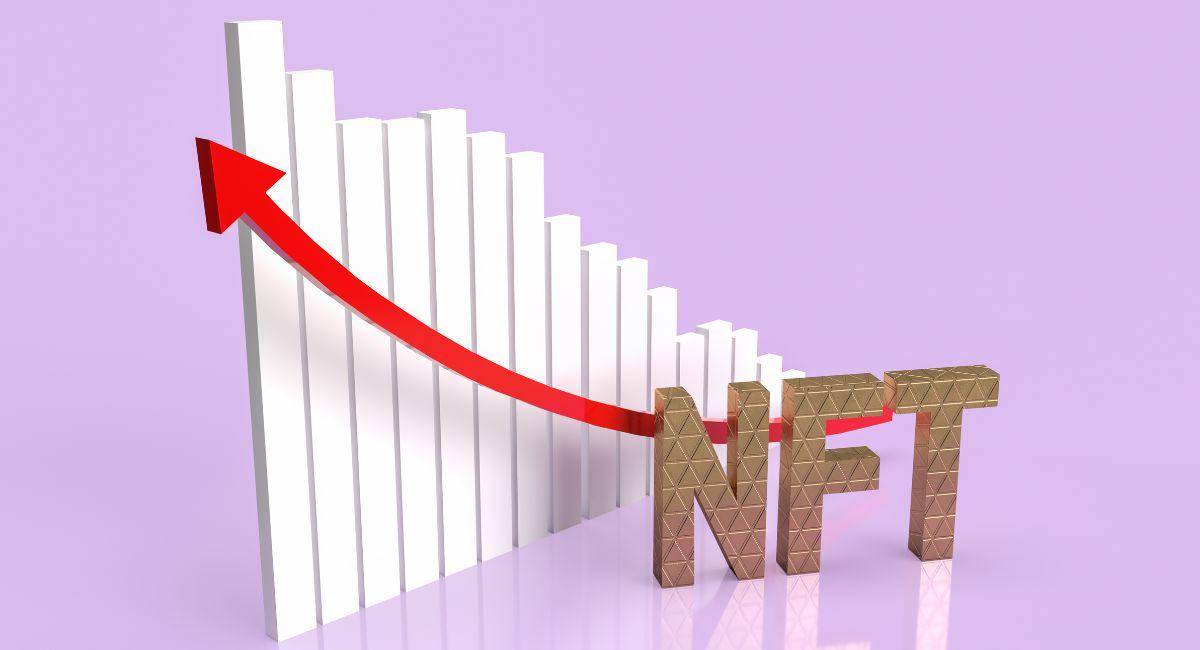Top 10 Ways Bitcoin NFTs Are Generating A Lot Of Volume In The Current Market

Bitcoin NFTs represent a novel convergence of two major trends in the blockchain space, combining the proven decentralized architecture of Bitcoin with the unique ownership and authenticity features offered by Non-Fungible Tokens (NFTs). While Bitcoin primarily functions as a digital currency, limited in its native scripting capabilities, advancements like the development of sidechains and layer-2 solutions have facilitated the creation of Bitcoin-based NFTs.
These NFTs on the Bitcoin blockchain operate as tokens representing ownership of unique digital or physical assets. By leveraging sidechains or layer-2 solutions, such as the Liquid Network or the RSK (Rootstock) sidechain, developers have been able to introduce smart contract functionalities that enable the creation and trading of NFTs directly linked to Bitcoin. This innovation expands the utility of the Bitcoin blockchain beyond simple value transfer, bringing it into the realm of digital ownership and collectibles.
The emergence of Bitcoin NFTs introduces new possibilities for artists, creators, and collectors within the Bitcoin ecosystem. Artists can tokenize their digital artwork or other creations, linking them to the security and immutability of the Bitcoin blockchain. Collectors, who may have been primarily involved in Bitcoin as a store of value, can now participate in the vibrant NFT market without leaving the Bitcoin ecosystem.
Despite the potential, it’s important to note that the Bitcoin blockchain was not initially designed to support complex smart contracts, which are integral to the NFT ecosystem. Hence, the integration of NFTs on Bitcoin often involves additional layers or sidechains, which may have different security models than the main Bitcoin blockchain. This raises considerations around decentralization and trust in these auxiliary systems.
As Bitcoin NFTs gain traction, they contribute to the broader narrative of blockchain technology as a versatile and evolving ecosystem. The melding of Bitcoin’s robustness and widespread adoption with the creative and ownership possibilities of NFTs demonstrates the adaptability of blockchain technology to accommodate diverse use cases. While Ethereum has traditionally been the primary platform for NFTs, the emergence of Bitcoin NFTs underscores the dynamic nature of the blockchain space, with various networks exploring ways to incorporate unique functionalities and cater to different user needs within the decentralized landscape.
Also, read- Best Bitcoin Ordinals Wallets For 2023: A Comprehensive Guide to Bitcoin NFTs and Top Wallet Choices
Importance of Bitcoin NFTs
 The emergence and importance of Bitcoin NFTs lie in their ability to extend the functionality of the Bitcoin blockchain beyond its original purpose as a digital currency. Here are several key points highlighting the significance of Bitcoin NFTs:
The emergence and importance of Bitcoin NFTs lie in their ability to extend the functionality of the Bitcoin blockchain beyond its original purpose as a digital currency. Here are several key points highlighting the significance of Bitcoin NFTs:
-
- Expanding Utility of Bitcoin:
- Bitcoin NFTs bring a new dimension to the utility of the Bitcoin blockchain, traditionally known for its role as a secure and decentralized digital currency. By incorporating NFT capabilities, Bitcoin becomes a platform not only for value transfer but also for representing ownership and authenticity of unique digital or physical assets.
- Integration of NFT Ecosystem with Bitcoin:
- The integration of NFTs into the Bitcoin ecosystem allows artists, creators, and collectors to participate in the vibrant NFT market without leaving the Bitcoin network. This integration creates a more seamless experience for those who are primarily engaged with Bitcoin as a store of value.
- Security and Immutability of Bitcoin Blockchain:
- Bitcoin is renowned for its robust security and immutability. By associating NFTs with the Bitcoin blockchain, creators and collectors benefit from the high level of security provided by the network. The decentralized and censorship-resistant nature of Bitcoin enhances the trust and authenticity associated with NFT ownership.
- Appealing to Bitcoin Community:
- Bitcoin NFTs cater to the existing Bitcoin community, providing them with new opportunities for creative expression, ownership, and participation in the broader blockchain ecosystem. This appeal may contribute to greater engagement from Bitcoin enthusiasts who may have been less involved in other blockchain networks.
- Layer-2 Solutions and Sidechains:
- The development of layer-2 solutions and sidechains for Bitcoin, such as the Liquid Network and RSK, enables the execution of smart contracts necessary for NFT functionality. These solutions ensure scalability and efficiency while maintaining a connection to the security of the main Bitcoin blockchain.
- Innovation and Adaptability of Blockchain Technology:
- The introduction of Bitcoin NFTs exemplifies the ongoing innovation and adaptability of blockchain technology. It showcases the ability of different blockchain networks to evolve and incorporate diverse functionalities based on the changing needs and trends within the decentralized space.
- Diversification of NFT Ecosystem:
- Bitcoin NFTs contribute to the diversification of the overall NFT ecosystem. While Ethereum has traditionally been the primary platform for NFTs, the introduction of Bitcoin NFTs adds variety and provides users with alternative options for engaging in the NFT space.
- Alignment with Digital Ownership Trends:
- As the concept of digital ownership gains prominence, Bitcoin NFTs align with the broader trend of individuals seeking to establish ownership and authenticity in the digital realm. This is particularly relevant in the context of digital art, collectibles, and other unique digital assets.
- Expanding Utility of Bitcoin:
Hey guys, can you stop buying your garbage coins and maybe save the market by buying Bitcoin?
— John Savage NFT Alpha 🧵 (@johnsavage_eth) January 23, 2024
Otherwise we all dead, all your trash coins and NFTs as well pic.twitter.com/ebt2oeeIzR
Top 10 potential ways that Bitcoin NFTs could generate volume in the market based on general trends and considerations:

- Bitcoin Community Engagement:
- Bitcoin NFTs can attract a significant volume of transactions by tapping into the existing large and engaged Bitcoin community. Enthusiasts may be more inclined to participate in NFT markets that operate on the Bitcoin blockchain.
- Seamless Integration with Bitcoin:
- NFTs linked to Bitcoin leverage layer-2 solutions or sidechains, providing a seamless integration with the Bitcoin ecosystem. This integration could make it more convenient for users to explore and participate in the NFT market without leaving the familiar Bitcoin environment.
- Trust in Bitcoin’s Security:
- The security and robustness of the Bitcoin blockchain are well-established. By associating NFTs with Bitcoin, users may feel a higher level of trust and confidence in the security and immutability of their digital assets, thereby increasing transaction volume.
- Digital Art and Collectibles:
- Bitcoin NFTs can drive volume by facilitating the creation and trading of digital art and collectibles within the Bitcoin community. This could attract artists, collectors, and investors interested in exploring unique digital assets linked to the world’s leading cryptocurrency.
- Decentralized Finance (DeFi) Integration:
- If Bitcoin NFTs integrate with decentralized finance (DeFi) platforms or utilize Bitcoin-backed tokens, it could create additional avenues for liquidity and volume. DeFi functionalities such as lending, borrowing, and yield farming could further enhance the appeal.
- Token Incentives and Rewards:
- Tokenization and the introduction of native tokens or rewards associated with Bitcoin NFT platforms can incentivize user participation. Users earning tokens as rewards for trading, holding, or contributing to the ecosystem may contribute to increased volume.
- Celebrity and Brand Partnerships:
- Collaborations between Bitcoin NFT platforms and celebrities or brands can generate buzz and drive transaction volume. Exclusive releases, limited editions, or endorsements by well-known figures could attract a broader audience to participate in the market.
- Cross-Platform Compatibility:
- Ensuring compatibility with various wallets, marketplaces, and platforms can contribute to increased Bitcoin NFT transaction volume. This allows users to seamlessly interact with Bitcoin NFTs across different applications and environments.
- Scarcity and Limited Editions:
- Implementing scarcity strategies, such as limited editions or exclusive releases, can create a sense of urgency and drive higher demand. Scarcity often leads to increased competition among buyers, resulting in higher transaction volumes.
- Community Engagement and Governance:
- Bitcoin NFT platforms that actively engage their community in decision-making processes through governance tokens or voting mechanisms can foster a sense of ownership and participation. This engagement could translate into increased activity and volume within the ecosystem.
Conclusion
In conclusion, the integration of Bitcoin with Non-Fungible Tokens (NFTs) presents a dynamic and evolving landscape within the cryptocurrency market. While specific developments may have occurred since my last update in January 2022, the potential ways in which Bitcoin NFTs could generate significant volume reflect the ongoing innovation and adaptation within the blockchain space.
The seamless integration of NFTs with the Bitcoin ecosystem, leveraging layer-2 solutions or sidechains, provides users with a familiar environment to explore and participate in the NFT market. This integration, coupled with the established trust in Bitcoin’s security and robustness, may attract a considerable volume of transactions from the existing Bitcoin community.
The appeal of Bitcoin NFTs extends to digital art, collectibles, and unique digital assets, offering a platform for artists, creators, and collectors within the Bitcoin community to engage with this emerging market. Additionally, the potential integration with decentralized finance (DeFi) platforms and the introduction of token incentives can further incentivize user participation and contribute to increased volume.




























































